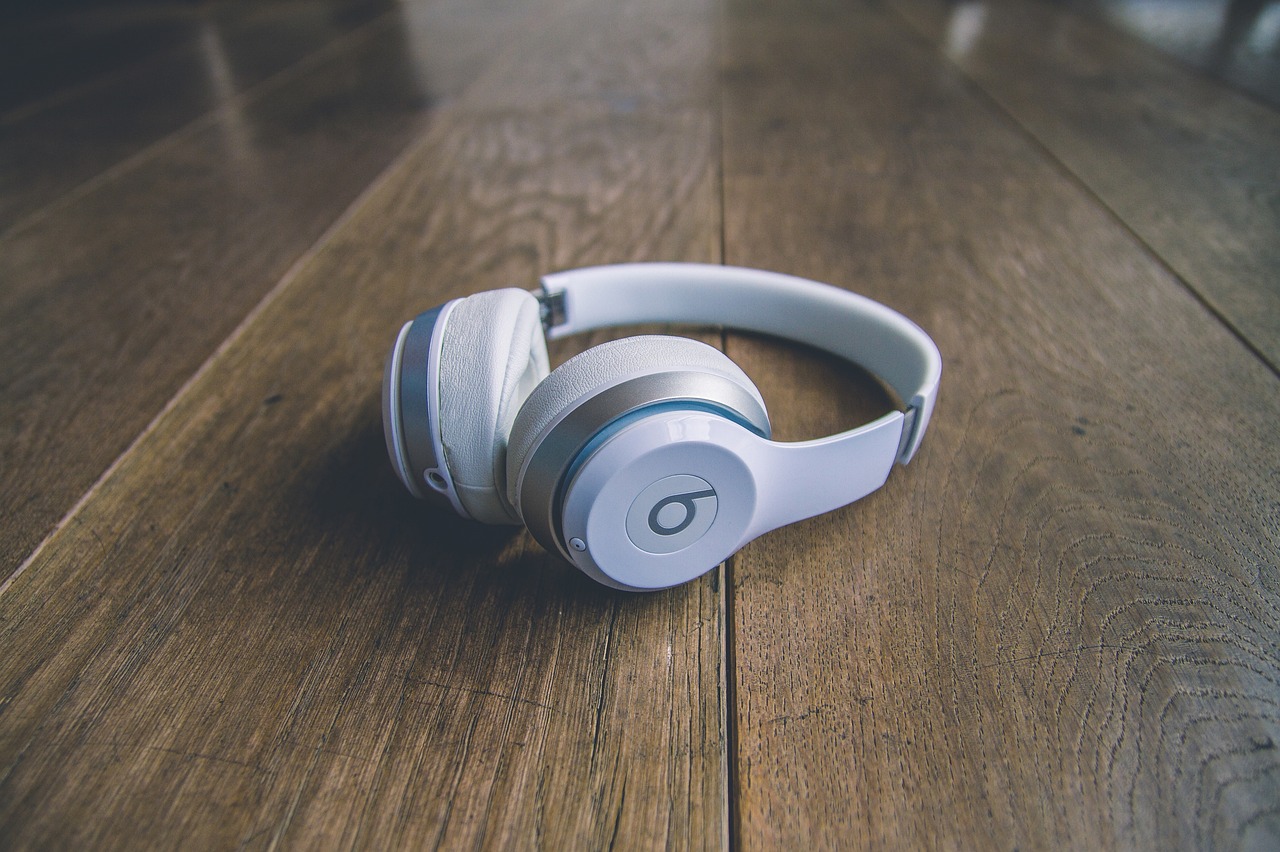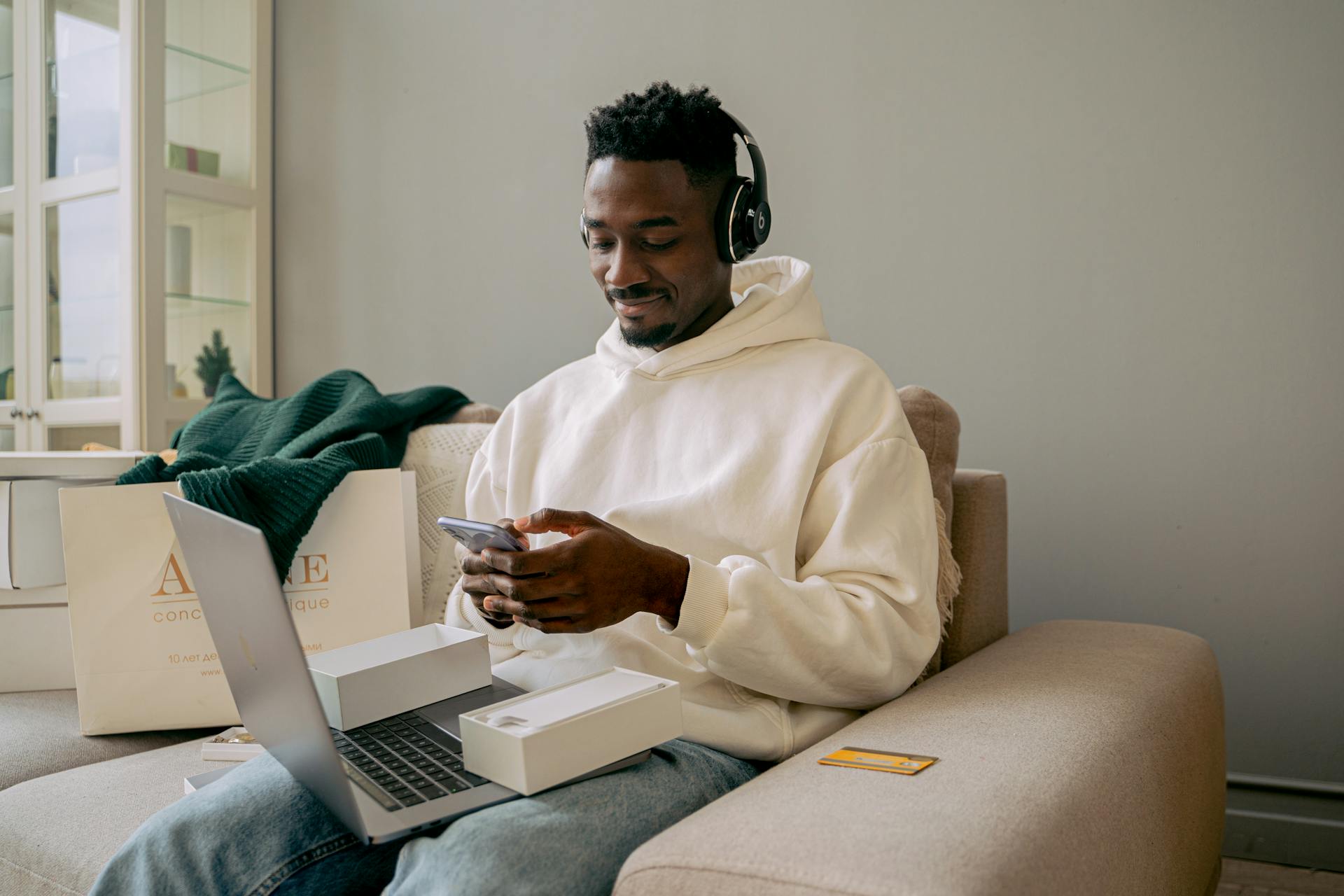In the age of digital overload and hyper-personalized experiences, one sensory element quietly drives how we shop is music. For millennials, who make up a significant portion of today’s consumer market, the impact of music goes beyond background noise. It shapes moods, creates brand loyalty, and even influences what they put in their carts.
A recent survey reveals that 71% of millennials believe music affects their spending choices both online and offline. But how does sound wield this kind of influence?
Let’s break down the powerful relationship between music and millennial spending behavior.

Why Music Matters to Millennials
Millennials (born between 1981 and 1996) grew up during the evolution of music consumption from mixtapes to streaming. Music is deeply woven into their lifestyle. Whether it’s background audio while working or curated playlists during workouts, it’s present in every moment.
This generation also responds emotionally to sound. Brands that use the right kind of music in their campaigns or retail environments are more likely to forge deeper connections with millennial shoppers. The result? Increased engagement and stronger brand loyalty.
Also read on – The Role of Music in Consumer-Brand Connection

How Music Shapes Buying Behavior
Music isn’t just entertainment, it’s psychology at work.
- Tempo: Fast-paced music can create a sense of urgency, ideal for limited-time offers or fast fashion. Slower music, on the other hand, can increase browsing time, especially in luxury retail settings.
- Genre: Classical or jazz may trigger perceptions of sophistication and quality, while upbeat pop can evoke fun and approachability.
- Volume: Loud music may energize younger crowds, while softer sounds can encourage calm, focused shopping.
Studies have shown that music in retail environments can boost sales by up to 38%, especially when it aligns with brand values and customer expectations.

Online Shopping & Music
As more shopping shifts online, the influence of music hasn’t diminished, it’s evolved. Music is embedded into online touchpoints where millennials spend their time:
- Product Unboxing Videos: Background scores add polish and emotional resonance, subtly nudging purchasing decisions.
- Reels & Stories: Short-form video content with trending or thematic music drives discovery and engagement.
- Brand Playlists: Companies now create Spotify playlists that reflect their identity, influencing consumer perception long before a transaction occurs.
With attention spans shorter than ever, music becomes the emotional hook in digital storytelling.
In-Store Experience
Brick-and-mortar still plays a critical role in experiential retail. And in-store music isn’t just an afterthought, it’s a strategic tool.
Fashion brands often use upbeat, trendy tracks to energize their space, while bookstores or wellness stores may opt for ambient, calming soundscapes. The goal? To make shoppers stay longer, feel comfortable, and associate the experience with a specific mood.
Even supermarkets have jumped on the sonic branding train, adjusting playlists based on time of day or demographics.
Why Must Brands Prioritize Music
If you’re marketing to millennials, sound strategy is brand strategy. Here’s what you should consider:
- Know Your Audience: Align music with your target consumer’s lifestyle and preferences.
- Use Copyright-Safe Music: Avoid legal pitfalls by using licensed, royalty-free tracks from Hooprsmash.com, which offer curated music suitable for social media content.
- Create Consistency: Whether it’s your Instagram reel, website, or retail store, your music choices should reflect a consistent brand voice.

Sound is More Than a Vibe, It’s a Sales Tool
Millennials don’t just hear music, they feel it. And in the world of commerce, emotions drive action. With 71% acknowledging music’s role in their spending habits, brands that overlook audio are leaving revenue on the table.
So next time you plan a campaign or launch a retail space, don’t just focus on visuals. Ask yourself: What does my brand sound like? The right track could be the difference between scroll-past and checkout.



